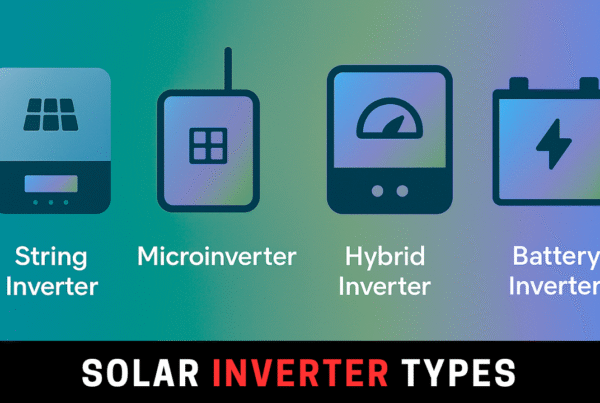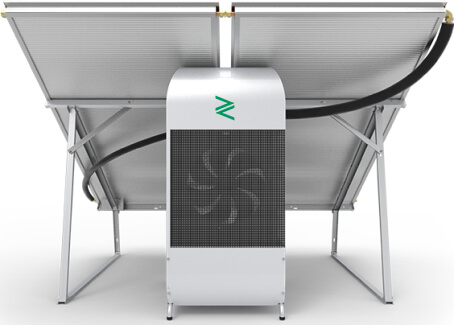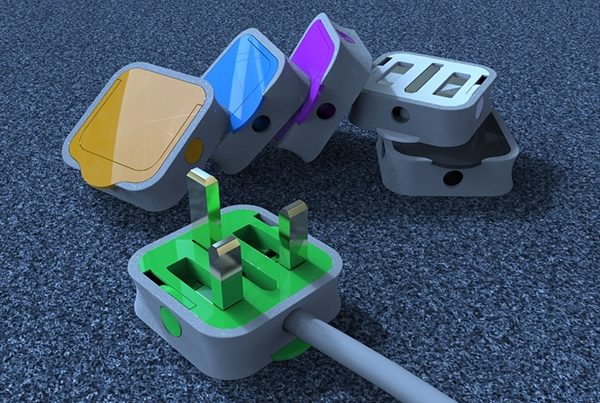Breaking into the core of solar efficiency — the MPPT (Maximum Power Point Tracker) is the unsung hero that ensures every ray of sunlight counts.
1. Understanding Solar Panel Behavior
Every solar panel has a unique Voltage–Current (V–I) curve.
But here’s the catch — it’s non-linear.
The power output (P = V × I) peaks only at one specific point — the Maximum Power Point (MPP).
That “sweet spot” keeps shifting with:
-
Changes in sunlight intensity,
-
Shading, and
-
Temperature variations.
Without active tracking, panels often miss this point — wasting potential power.
2. Why MPPT Matters
An MPPT controller continuously hunts for that MPP and locks the system there.
-
Without MPPT: Panels run below optimal voltage → less output.
-
With MPPT: The controller dynamically adjusts voltage/current → maximum harvest.
In simpler terms, it ensures your solar setup always performs like it’s on a sunny day — even when the sky isn’t.
3. Technical Edge
MPPT technology can boost system output by 20–30% over conventional setups.
It’s like turning an average system into a premium one — without adding a single extra panel.
✅ Maintains efficiency in cloudy or shaded conditions
✅ Extracts maximum energy from every module
✅ Reduces the cost per unit of produced electricity
4. Where It’s Used
You’ll find MPPT built into:
-
Solar inverters (both grid-tied and off-grid)
-
Charge controllers (for battery-based systems)
Whether it’s a 12s MPPT 12V, 24s MPPT 24V, or a 5kVA MPPT solar inverter, the underlying principle remains the same — more control, more yield.
5. Do Modern Inverters Have MPPT Built-In?
Yes — and that’s where innovation shines.
Today’s MPPT inverters are equipped with multi-string MPPTs, meaning they track separate panel groups independently.
This makes a huge difference when you have partial shading or different panel orientations — like east-west rooftops.
In Pakistan, most reputable solar brands (Knox, Growatt, Huawei, SMA) include MPPT as a standard feature in their inverters.
Standalone MPPT charge controllers are now primarily used in DC-coupled or off-grid systems — perfect for 12V, 24V, and 48V battery banks.
6. The Local Perspective
The surge in solar adoption across Pakistan means people are asking:
-
What’s the best mppt charge controller in Pakistan?
-
How much is the mppt charge controller price in Karachi or Lahore?
Prices vary depending on brand and wattage, but remember: an MPPT system pays for itself by improving energy output year-round.
If you’re shopping, search for:
mppt charge controller price in Pakistan | mppt solar charge controller Pakistan | mppt inverter in Pakistan | mppt charge controller in Karachi
In Short
MPPT isn’t a luxury. It’s the brain behind every efficient solar power system.
It adapts, optimizes, and maximizes — ensuring that every photon you capture gets converted into usable energy.
A small circuit with a big impact — the real difference between an average system and a Zorays-grade solar system.














